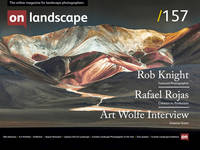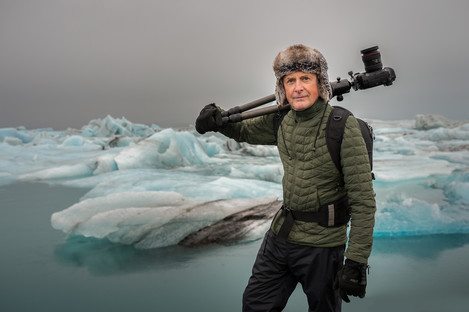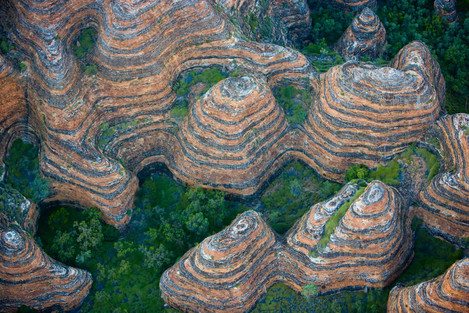Tough on Myself

Graeme Green
Graeme Green is a photographer and journalist for international publications including the BBC, The Sunday Times, The Sunday Telegraph, Wanderlust, USA Today, South China Morning Post and more. He has photographed landscapes, people and wildlife around the world, including Tanzania, Japan, Haiti and Antarctica.
“The new spin is always the challenge,” says American photographer Art Wolfe. One of the world’s most famous photographers, renowned for his colourful and creative pictures of landscapes, wildlife and disappearing cultures, Wolfe has been finding new spins for 40 years in countries as diverse as China, Ethiopia and the USA. As well as producing dozens of books, including latest Earth Is My Witness, he’s famous for his TV programmes, including Travels From The Edge and Netflix series Tales By Light. Graeme Green caught up with him to hear about revisiting landscapes to find fresh angles, never being satisfied, and how photography can help protect the environment….
What makes a great landscape photo stand out to you?
If I have a perception that somebody’s just putting their tripods in the holes of previous photographers, that is obviously a mark against my interest. If it’s unusual light, if it’s something new, then I’m very intrigued.
You must be bombarded with photographers’ work. Are you hard to impress?
I critique all the time and I’m a product of a major art school at the University of Washington, so even in my late teens and early 20s, I went through the critiquing process and learned how to critique properly.
There’s always something positive to be said about any photo or any painting. I build on that and then ease into the critique so that the person being reviewed isn’t devastated. If you start off saying something negative, that’s all they hear. I don’t want to say that I’m a pussycat, because I’ll get to the point eventually, but I don’t want to destroy somebody like I’ve seen other critiquers do.
But, yes, I’m kind of tough. I’m tough on myself, and I don’t want to reward people for copying what someone else has done, just with better equipment.
You often return to the same location repeatedly to find new angles. What do you look for when you go back to a place you’ve photographed before?
Right above Seattle, we have a beautiful park called Mount Rainier National Park. I’ve been up there hundreds of times and yet every time I go up there, I’m enthusiastic and I find a new perspective, not just of the mountain but the environments around it.




